Welcome to Debut!
An ongoing series on Hàlön Chronicles to highlight debut authors and their novels. Today we’re catching up with author Cheryl A. Ossola and her debut, The Wild Impossibility.
“The Wild Impossibility is a breathtaking novel about what it means to be a mother. Cheryl Ossola is a fearless writer, and she has constructed a tale that goes back and forth between time periods with the utmost skill. Prepare to have your heart wrenched by this beautiful page-turner!”
— Katie Crouch, New York Times best-selling author
Tell us about yourself.
Last year I said goodbye to a 20-year career as a writer and editor (dance journalism, mostly) and moved to Italy to focus on writing fiction and traveling. My two grown sons live in the U.S., but both came to visit me within my first six months here. My cat, Aurora, died last December (long, terrible story), but my 8-year-old herding dog mix, Aria, is adapting to life in Italy and becoming bilingual.
Is life in Italy just like Under the Tuscan Sun?
No.
How did you get into writing?
Via a long, circuitous route that spanned careers in theater and nursing, plus a short-lived stint as a photographer. I’d always loved to read and I was good at spotting typos, so in my 40s I became a freelance proofreader, then copyeditor, then an associate editor at one magazine and editor in chief at another. Working with language reignited my desire to write fiction, and I started my first novel when I was in my late 40s.
Please describe what the book is about.
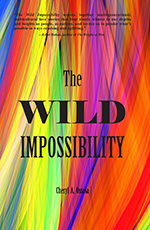 ^click to enlarge^ |
The Wild Impossibility tells the story of Kira, who after suffering great loss begins to experience the memories of her grandmother—a woman she’d never met. While Kira tries to figure out what’s happening to her and why, her grandmother’s World War 2-era story unfolds, revealing the deep, inexplicable family connections that Kira must understand in order to survive. Read more > |
Share a teaser from your book.
From chapter 1:
Kira pressed her hands to her eyes. Her fingers felt oddly warm; within seconds, her palms burned with a dry, fiery heat that reached for bone. Confused, she looked up, thought something had happened outside because everything was monochrome, the pinked orange of raw salmon. It must be late, already sunset—but no, the color was changing, now warm yellow, now cooler, an acid green. Cortisol rushed through her bloodstream, a junkie feeling, hands shaking, a staccato thrumming at her temples. She closed her eyes, opened them again. The green was still there, a watercolor wash. Then it faded, leaving only shadows.
A girl’s voice. Kira jerked around, expecting to see someone behind her. The backseat was empty. The voice was in her head.
I hear them coming and pull his arms tighter around me. I can hardly breathe.
Fear like Kira has never known. She sees—or senses, because everything is gray, veiled, lines and shapes mere suggestions of three-dimensional objects—a small interior, rough metal walls, a wooden floor. She tries to open her eyes, but they’re already open. She’s awake, in the hospital parking lot, in her car. She’s not dreaming. Her body shakes. The voice again, compelling yet flat, a monotone so out of tune with the words spoken that Kira’s fear skyrockets.
Where did you get the idea?
It came out of nowhere, as my ideas usually do. It was my subconscious speaking, I suppose. That’s also how I write—I “turn off my brain” and just go.
What’s the story behind the title?
The working title was Entangled, which I knew I couldn’t use because there are many books with similar titles. I struggled to find another title, then turned to the narration for ideas. The Wild Impossibility comes from the POV of the grandmother (a teenager at the time), and it describes both her improbable love affair and the bizarre experiences of her granddaughter (the book’s protagonist, Kira).
No spoiler, but tell us something we won’t find out just by reading the book jacket.
It’s up to the reader to decide whether what Kira experiences is mental illness or something metaphysical. (I do lean in one direction.)
Tell us about your favourite character.
Kira is my favorite character because she is so very damaged. She’s good at blaming, isolating, and sabotaging herself—and though it takes something extreme to force her to change, she discovers that she has strengths and beautiful qualities that she wasn’t allowing herself to see. I can identify with these kinds of negative thoughts and behaviors.
If you could spend a day with one of your characters, who would it be and what would you do?
I’d want to hang out with Dustin, a laid-back 20-something who drives Kira around the California high desert as she searches for clues to her family history. He’s intuitive and empathetic, and he knows the desert well. I’d want to ride shotgun in his beat-up truck and listen to him talk about the Sierra and the desert and the 1920s Los Angeles water wars. And then go get a beer in a bar like the one in my book.
Are your characters based on real people, or do they come from your imagination?
They come from my imagination, but of course I’ve borrowed bits and pieces from people I’ve known, mostly traits and beliefs rather than physical characteristics. Anyone who might have influenced the book is pretty much scattered throughout it; no character is based on a particular person.
How long did you take to write this book?
This book took more than seven years to write, a total of nine years from concept to publication. It began as my MFA thesis and got quite a few major overhauls.
What kind of research did you do for this book?
I drew on my experiences as an RN in a neonatal ICU and researched changes that happened since I left the field, many years ago. Most of my research was on the imprisonment of Japanese Americans during World War 2 and, in particular, the internment camp Manzanar, one of the book’s settings. Histories, memoirs, photographs, and resources from Manzanar proved essential, but the most valuable part of my research was visiting the camp and experiencing the desert environment.
What did you remove from this book during the editing process?
I cut at least 20,000 words in the process of revision, which included dumping entire scenes and re-conceiving characters. I added one character quite late in the process.
Are you a plotter or a pantser?
Definitely a pantser. Whenever I think ahead in terms of action and structure, once I start writing again, whatever I’ve planned goes out the window.
What is your favorite part of your writing process, and why?
I love revision, in particular line editing—finding the right word, metaphor, image, rhythm, flow, subtext.
What is the most challenging part of your writing process, and why?
All of it is challenging, honestly, but I love the whole frustrating, intimidating, exhilarating process. For me the toughest part is figuring out what the book wants to be. I usually start with a sketchy idea that could take many forms, so that means a lot of rewriting to figure out where the story is going.
Can you share your writing routine?
I wrote this book while juggling two jobs, so I never developed a routine; I wrote when I could, and that might be one hour (which I hate—you just get started and you’re done) or eight hours. Writing first thing in the morning is always good because it helps me to tap into a half-awake (more creative, less editorial) brain.
Have you ever gotten writer’s block? If yes, how do you overcome it?
To me, writer’s block is a label that excuses us from writing. Why do we need that when everyone experiences slump times; they’re normal. When I’m in one, I try not to force the process. What helps me is doing research (that always leads to new ideas) or looking for inspiration in fine art, especially works that have some relationship to my story, setting, or characters.
If you could tell your younger writing self anything, what would it be?
Do it now, because you’ll want the luxury of time to write all those stories and books in your head. I say this because my debut novel will be published a few weeks before my 63rd birthday.
How many unpublished and half-finished books do you have?
One complete novel, which is in the metaphorical desk-drawer-of-death where most first novels belong. Two others are in early stages—one will probably die from neglect, but I plan to return to the other, a middle grade novel, when I finish my current WIP.
Do you have any writing quirks?
I wouldn’t call it a quirk, but I can’t slam words on the page knowing I’ll fix the grammar, punctuation, etc. on the next draft. I suppose it’s the editor in me, but I have to get each day’s writing to a certain point of acceptability.
Apart from novel writing, do you do any other kind(s) of writing?
For 16 years I wrote program notes and feature articles for San Francisco Ballet, and I miss that tremendously. I’ve published one short story and a few poems. I’ve been playing with iambic pentameter lately, so we’ll see if that goes anywhere.
What’s the best way to become a writer?
Read good writing of all kinds, constantly. And pay attention.
What do you like to do when you’re not writing?
I love to travel, whether it’s long trips or simply exploring small towns here in Umbria or taking day trips to Florence and Rome. I love art museums, antiques markets, discovering new parts of my adopted city (usually with my dog), dance and theater, reading, and hanging out with friends. And learning to speak Italian.
Share something about you most people probably don’t know.
I am an excellent hermit.
Which book influenced you the most?
I suppose it would be The Phantom Tollbooth by Norton Juster, which I read six or seven times as a kid (and still read occasionally). I identified with Milo’s crippling feelings of ennui and his discovery of all the beauty and meaning in life. (In one of my favorite scenes, a tuxedoed musician “conducts” a spectacular sunrise.) One Halloween after I’d become an editor, I dressed up as Faintly Macabre, the Official Which in charge of proper word use.
What are you working on right now?
I’m writing a novel set in Italy. It’s in very early stages, but I think it’s about repressed memory, fine art, and obsession.
The book you’re currently reading
I’m reading Emily Wilson’s translation of The Odyssey (which explains my fascination with iambic pentameter) and am about to start Mike Chen’s Here and Now and Then.
What’s your favourite writing advice?
My favorite advice is “whatever works.” There is only one way to write, and that’s to put words on the page. I don’t believe you need the writing schedule, certain number of hours per day, or particular process that some writers try to impose on others. Find what works for you and do it.
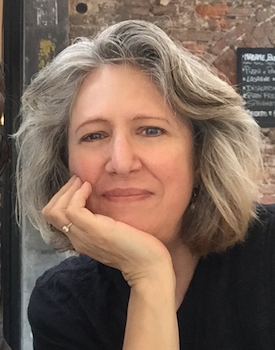 |
Cheryl A. Ossola is a former magazine editor, freelance writer and editor, and neonatal ICU nurse, with work published in Fourteen Hills, Speak and Speak Again, Switchback, Dance Magazine, and Dance Studio Life, and by San Francisco Ballet. A member of the San Francisco-based Writers Grotto, she now lives and writes in Italy.
Website | Facebook | Twitter | Instagram | Goodreads |
Don’t forget to check out this year’s Winterviews and partner interviews. You can also follow this blog and be the first to know when new content is released.
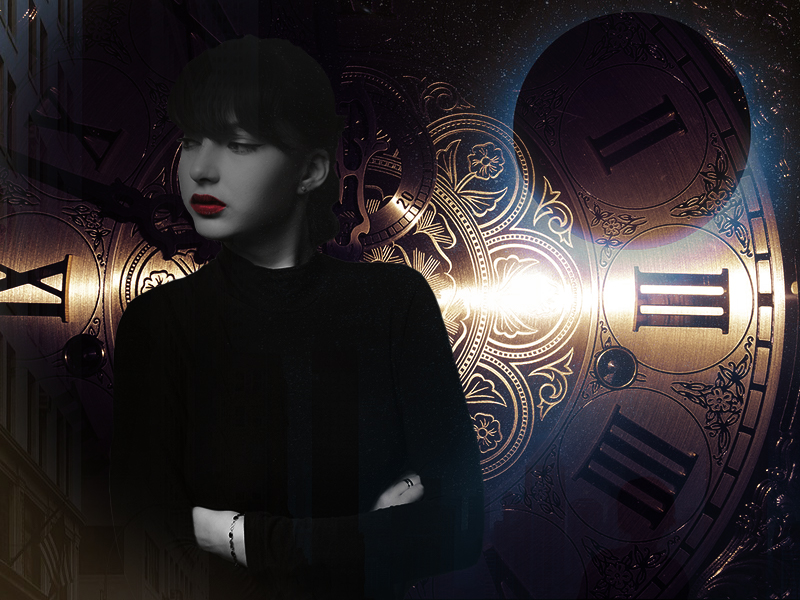
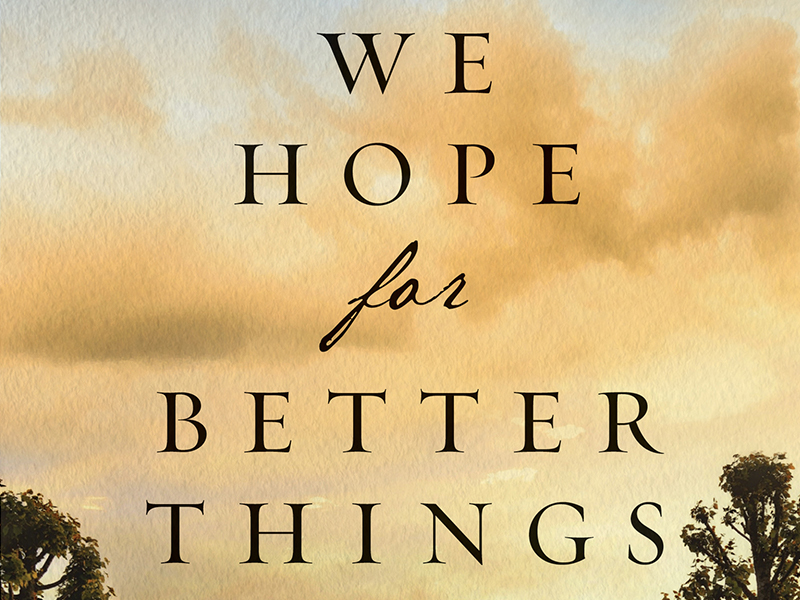
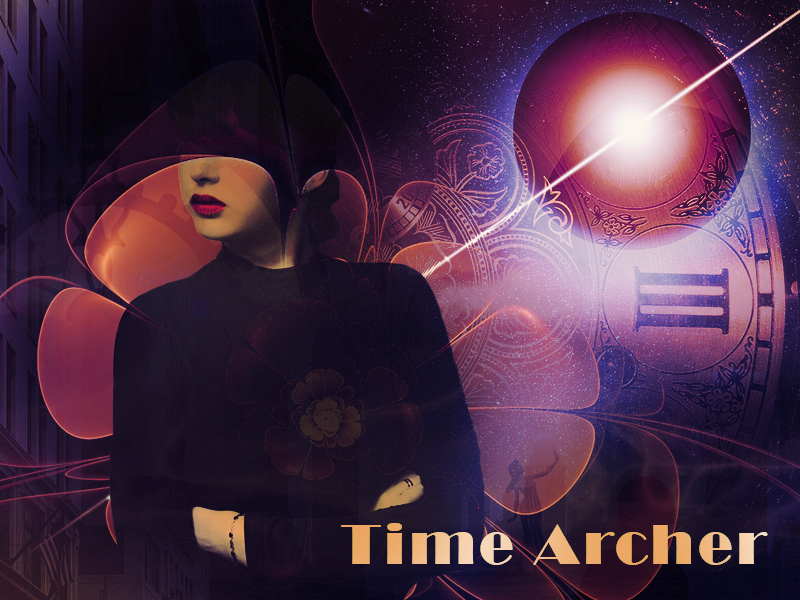
Great interview and a fascinating look at your novel. Congrats!